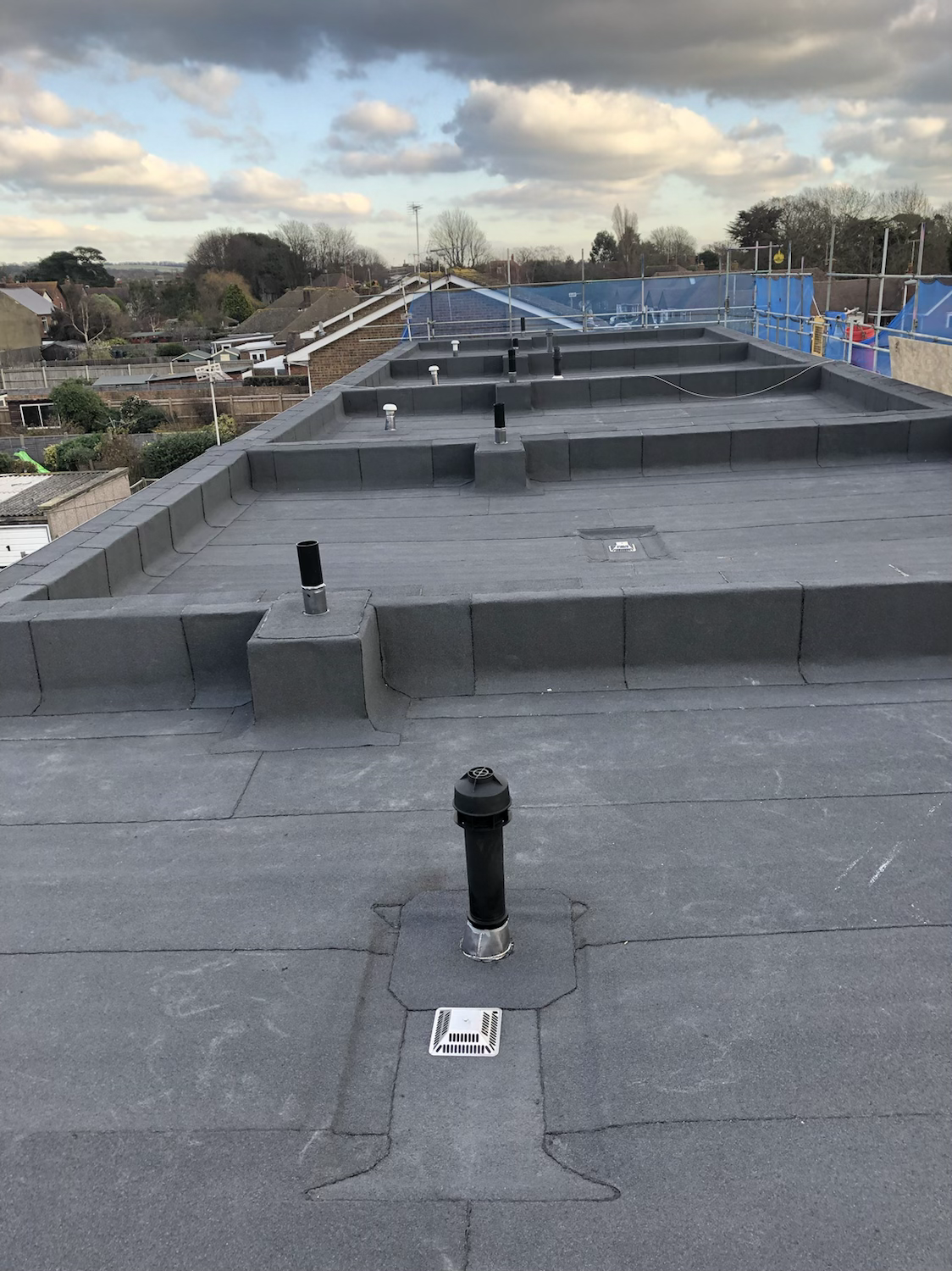The Mysterious Source of Dampness: Investigating the Intriguing Bedroom Roof Mystery
- Matt Rayner

- Oct 31, 2024
- 4 min read
Dampness in your bedroom is not just an inconvenience; it can hint at serious underlying issues. If you suspect your roof might be the source, it’s important to investigate promptly. This blog post will help you identify signs of dampness, understand potential causes, and discover effective solutions. Let’s unravel this mystery together!
Understanding Dampness
Dampness is more than a cosmetic concern. If left unaddressed, it can result in health problems, such as respiratory issues, and damage to your home’s structure. Common signs of dampness in your bedroom include:
Discolored walls: Look for stains that may appear dark or yellowish.
Peeling paint or wallpaper: This can indicate excess moisture beneath the surface.
Musty odors: A persistent musty smell is often a signal of mold or mildew growth.
Being able to recognize these signs early can save you time and money, while ensuring a healthy environment for your family.
Possible Causes of Dampness from the Roof
If you see signs of dampness, it’s essential to consider the roof as a possible source. Here are some key factors to investigate:
Leaky Roof
A leaky roof is a primary cause of dampness. Severe weather conditions like heavy rain, snow, or even high winds can compromise roofing materials, allowing water to infiltrate. According to statistics, about 30% of residential water damage claims are linked to roof leaks.
If you spot damp patches forming directly beneath the roof, it is likely a roofing issue. Regular roof inspections can help catch minor problems before they escalate into costly repairs.
Insufficient Ventilation
Inadequate ventilation plays a significant role in promoting dampness. When airflow is restricted, moisture gets trapped in your bedroom, leading to mold and mildew. Homes with poor ventilation can experience indoor humidity levels exceeding 60%, which is conducive to dampness.
Check your roof’s ventilation system. If it’s not working effectively, consider adding vents or utilizing exhaust fans in areas like kitchens or bathrooms to improve air circulation.
Condensation
Condensation happens when warm, moist air meets cold surfaces, such as when warm air from the bedroom hits a colder wall in winter. This could lead to moisture accumulation, especially near windows or exterior walls. In fact, studies show that condensation can increase indoor humidity by up to 50% during the winter months.
Identifying the Source of Dampness
To effectively tackle dampness, it’s critical to pinpoint its origin. Here are some practical steps to follow:
Visual Inspection
Start by conducting a thorough visual inspection of both your bedroom and roof. Search for:
Water stains: Look for dark patches on walls or ceilings.
Mold growth: Check corners, window frames, and any area that could retain moisture.
Pay special attention to joint seams, corners, and areas near chimneys or skylights, where leaks are commonplace.
Check for Roof Damage
If it’s safe, inspect your roof for signs of wear and tear. Look for:
Missing shingles: Even a few missing tiles can lead to leaks.
Cracks or sagging areas: This might indicate underlying structural issues.
If you're uncertain, hiring a professional roofer for a detailed assessment could save you time and money in the long run.
Assess the Gutters and Downspouts
Sometimes the problem is outside your home. Clogged gutters can lead to water overflow that collects at your roofline, causing leaks. Regularly cleaning out your gutters can reduce this risk.
Ensure your downspouts direct water at least six feet away from your foundation to prevent pooling, which can lead to damp conditions.
Addressing the Dampness
Once you identify potential sources of dampness, it’s time to take action:
Repair Roof Damage
If you discover roof leaks, it’s crucial to address them as soon as possible. This could involve patching leaks, replacing damaged shingles, or, in severe cases, installing a new roof. Prompt repairs can prevent the escalation of damage, reducing costs. For example, addressing a leak early could save homeowners up to 30% on future repair bills.
Improve Ventilation
Boosting ventilation can be a game-changer in combatting dampness. Installing additional vents or using exhaust fans can dramatically enhance airflow. Keeping windows open when weather conditions allow allows fresh air to circulate, helping to disperse moisture buildup.
Manage Condensation
To tackle condensation, maintain warmer room temperatures and consider running a dehumidifier. Keeping indoor humidity levels below 50% is key to preventing moisture from condensing on surfaces, which protects against mold growth.
Long-term Solutions for Dampness Prevention
In addition to immediate fixes, ensure your home is equipped with long-term strategies to prevent dampness from returning.
Insulation
Enhancing insulation in your ceiling can minimize temperature fluctuations. Proper roof insulation prevents warm bedroom air from coming into contact with cold surfaces, which significantly reduces the chances of condensation.
Regular Inspections
Schedule regular inspections of your roof and gutters to catch signs of wear early. Replacing aging materials can greatly extend the life of your roof and protect against leaks. Homes with well-maintained roofs can last an average of 30 years, compared to 20 years for those that are not regularly checked.
Landscape Management
Make sure the landscaping around your home helps move water away from the foundation. Proper grading and choosing plants that tolerate wet conditions can also mitigate water pooling.
Solving the Dampness Enigma
Dampness in your bedroom can pose significant issues if not handled appropriately. However, by understanding potential causes, conducting thorough investigations, and applying effective solutions, you can protect your sanctuary.
Taking prompt and informed action is key to resolving the mystery of dampness. With regular maintenance, improved ventilation, and proper repairs, you can maintain a dry, comfortable environment for years to come.






Comments